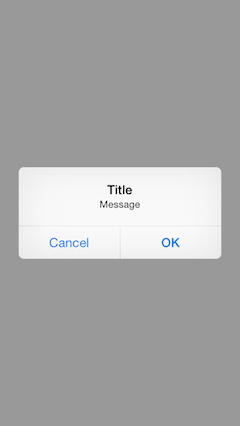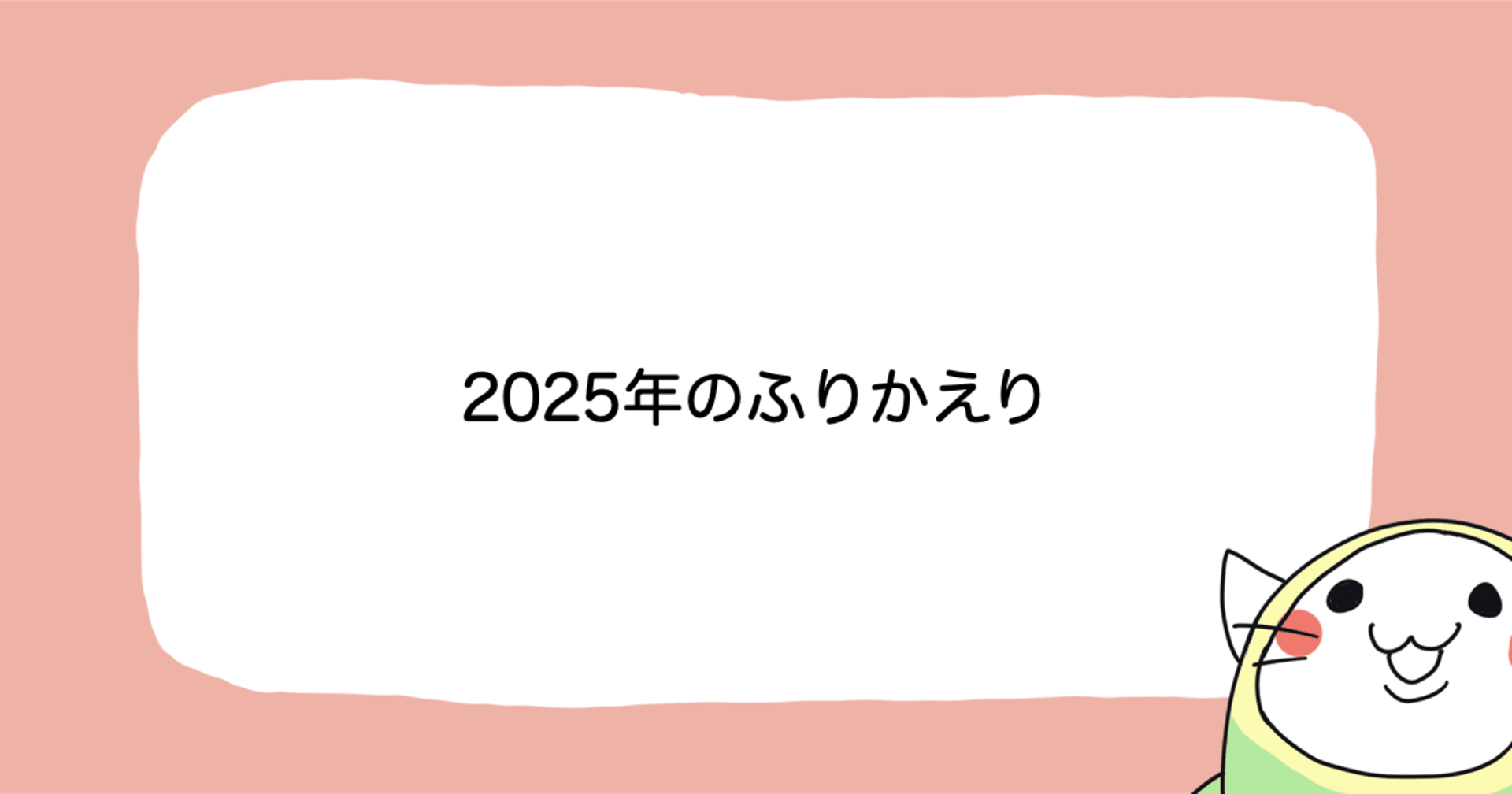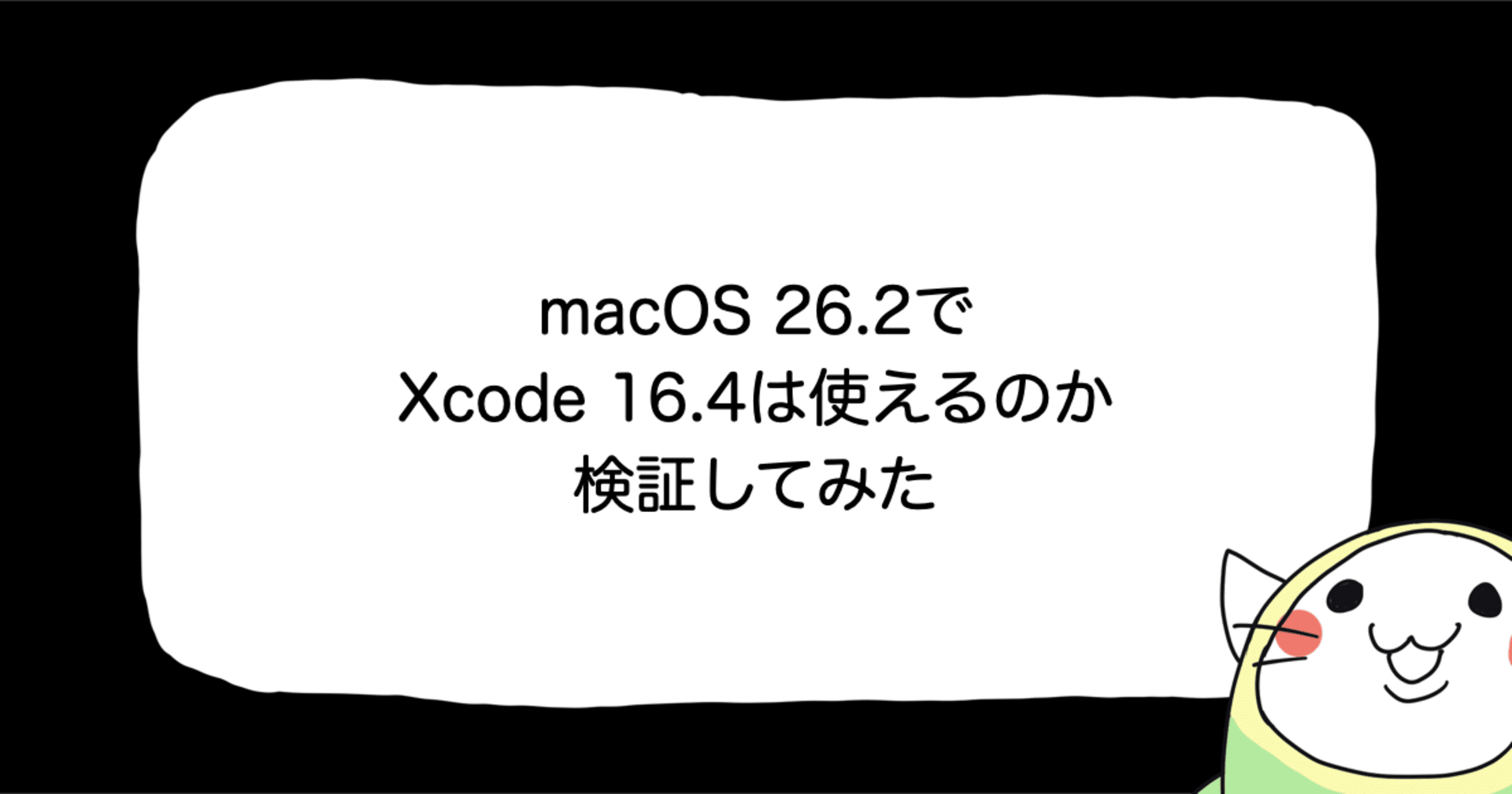![[iOS 8] UIAlertView と UIActionSheet が deprecated になった](https://devio2023-media.developers.io/wp-content/uploads/2014/06/ios81.png)
[iOS 8] UIAlertView と UIActionSheet が deprecated になった
この記事は公開されてから1年以上経過しています。情報が古い可能性がありますので、ご注意ください。
UIAlertController
iOS8 からは UIAlertView, UIActionSheet が deprecated となり、替わりに UIAlertController という新規のクラスを使うことが推奨されました。
これらの違いを一言で説明すると、
ボタンがタップされた時の処理を
- UIAlertView, UIActionSheet はデリゲートメソッドで実装する
- UIAlertController はブロックで実装する
となっています。
サンプルコード(アラート)
実行時の画面
従来のコードで記述
アラート表示処理
[[[UIAlertView alloc] initWithTitle:@"Title"
message:@"Message"
delegate:self
cancelButtonTitle:@"Cancel"
otherButtonTitles:@"OK", nil] show];
ボタンタップ時の処理
// UIAlertViewDelegate
- (void)alertView:(UIAlertView *)alertView clickedButtonAtIndex:(NSInteger)buttonIndex {
if (buttonIndex == alertView.cancelButtonIndex) {
NSLog(@"Cancel button tapped.");
} else {
NSLog(@"OK button tapped.");
}
}
UIAlertController で記述
// コントローラを生成
UIAlertController * ac =
[UIAlertController alertControllerWithTitle:@"Title"
message:@"Message"
preferredStyle:UIAlertControllerStyleAlert];
// Cancel用のアクションを生成
UIAlertAction * cancelAction =
[UIAlertAction actionWithTitle:@"Cancel"
style:UIAlertActionStyleCancel
handler:^(UIAlertAction * action) {
// ボタンタップ時の処理
NSLog(@"Cancel button tapped.");
}];
// OK用のアクションを生成
UIAlertAction * okAction =
[UIAlertAction actionWithTitle:@"OK"
style:UIAlertActionStyleDefault
handler:^(UIAlertAction * action) {
// ボタンタップ時の処理
NSLog(@"OK button tapped.");
}];
// コントローラにアクションを追加
[ac addAction:cancelAction];
[ac addAction:okAction];
// アラート表示処理
[self presentViewController:ac animated:YES completion:nil];
preferredStyle に UIAlertControllerStyleAlert を指定するとアラートが表示されます。
サンプルコード(アクションシート)
実行時の画面
従来のコードで記述
アクションシート表示処理
[[[UIActionSheet alloc] initWithTitle:@"Title"
delegate:self
cancelButtonTitle:@"Cancel"
destructiveButtonTitle:@"Destructive"
otherButtonTitles:@"OK", nil] showInView:self.view];
ボタンタップ時の処理
// UIActionSheetDelegate
- (void)actionSheet:(UIActionSheet *)actionSheet clickedButtonAtIndex:(NSInteger)buttonIndex {
if (buttonIndex == actionSheet.cancelButtonIndex) {
NSLog(@"Cancel button tapped.");
} else if (buttonIndex == actionSheet.destructiveButtonIndex) {
NSLog(@"Destructive button tapped.");
} else {
NSLog(@"OK button tapped.");
}
}
UIAlertController で記述
// コントローラを生成
UIAlertController * ac =
[UIAlertController alertControllerWithTitle:@"Title"
message:@"Message"
preferredStyle:UIAlertControllerStyleActionSheet];
// Cancel用のアクションを生成
UIAlertAction * cancelAction =
[UIAlertAction actionWithTitle:@"Cancel"
style:UIAlertActionStyleCancel
handler:^(UIAlertAction * action) {
// ボタンタップ時の処理
NSLog(@"Cancel button tapped.");
}];
// Destructive用のアクションを生成
UIAlertAction * destructiveAction =
[UIAlertAction actionWithTitle:@"Destructive"
style:UIAlertActionStyleDestructive
handler:^(UIAlertAction * action) {
// ボタンタップ時の処理
NSLog(@"Destructive button tapped.");
}];
// OK用のアクションを生成
UIAlertAction * okAction =
[UIAlertAction actionWithTitle:@"OK"
style:UIAlertActionStyleDefault
handler:^(UIAlertAction * action) {
// ボタンタップ時の処理
NSLog(@"OK button tapped.");
}];
// コントローラにアクションを追加
[ac addAction:cancelAction];
[ac addAction:destructiveAction];
[ac addAction:okAction];
// アクションシート表示処理
[self presentViewController:ac animated:YES completion:nil];
preferredStyle に UIAlertControllerStyleActionSheet を指定するとアクションシートが表示されます。
感想
表示処理とボタンタップ時の処理がひとまとまりになったことと、if 文が無くなったことによって可読性が上がった気がしました。
いいと思います。
ただ、ボタンをタップしてから「ボタンタップ時の処理」が実行されるまでの時間が、UIAlertController で記述したほうが従来のコードに比べて長いように感じました。
これはそのうち短くなることを期待します。
なお動作確認したところ、UIAlertController のブロック処理部分はメインスレッドで実行されていたので、ブロック内で UI 操作を行っても大丈夫でしょう。
おまけ
Swift で UIAlertController
var ac = UIAlertController(title: "Title", message: "Message", preferredStyle: .Alert)
let cancelAction = UIAlertAction(title: "Cancel", style: .Cancel) { (action) -> Void in
println("Cancel button tapped.")
}
let okAction = UIAlertAction(title: "OK", style: .Default) { (action) -> Void in
println("OK button tapped.")
}
ac.addAction(cancelAction)
ac.addAction(okAction)
presentViewController(ac, animated: true, completion: nil)











